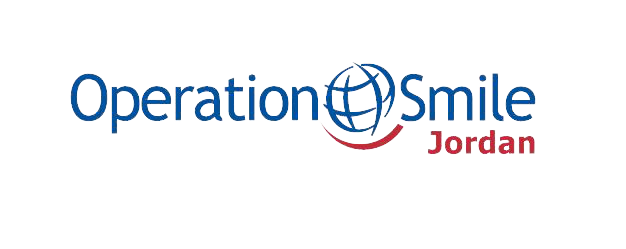A cleft is a gap in the mouth that didn’t close during the early stages of pregnancy, and this kind of birth defect happens more often than you may realize. Oftentimes, a cleft can be easy to see because it’s an opening in the lip, however, it can be harder to know if someone has a cleft condition when it affects the roof of the mouth which is called the palate.
There are many risk factors that can increase the likelihood of birth defects. While some causes are still unknown, genetics and family history, pre-existing medical conditions, poor nutrition, and exposure to harmful environmental substances have been shown to affect the healthy development of a baby. As a result, these factors could also be the cause of a baby born with a cleft lip or cleft palate.
Why cleft is serious?
Depending on the type and severity, a cleft can create serious emotional and health issues if it is not corrected, such as:
- Difficulty with feeding, which in some parts of the world can lead to malnutrition or even starvation.
- Recurring ear infections can occur and lead to hearing loss.
- Dental development can be affected.
- Speech and language development can also be impaired.
- Children may also suffer from bullying and social isolation

